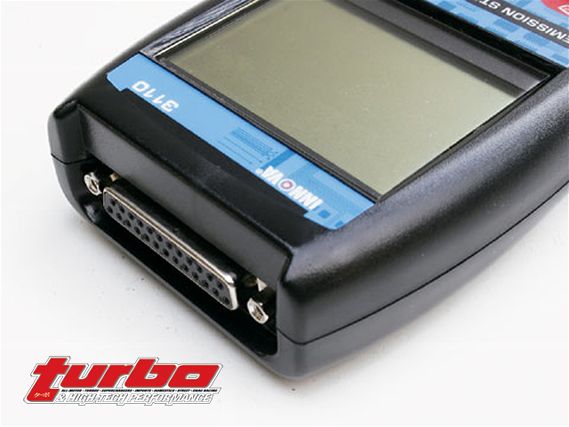 | OBD2 Reader Tool - Tech
| OBD2 Reader Tool - Tech
On-board diagnostics (OBD) means different things to different people. To the guy who still cranks over his '71 'Cuda every morning to get to the plant, it scares him to death. But then again, he's still trying to sort out this whole Internet thing, waiting for it to just go away. To others, it's just about the best thing that ever happened to fuel injection. Some couldn't wait to say goodbye to jets, venturis and chokes. But OBD is kind of two-faced. On the one hand it has an innate ability to provide the best air/fuel balance. On the other hand it has an ugly side - at least for those of us who just can't leave our cars alone. The restrictions it can place on engine parameters, as far as modifications go, are sometimes enough to make an EFI guy ditch the injectors for a four-barrel Holley Double Pumper. Almost. And that part bothers us.
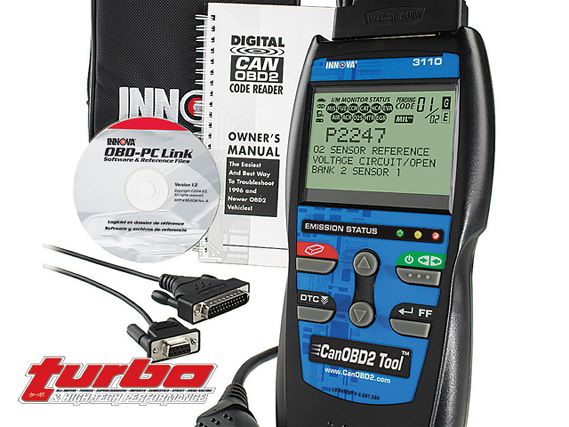 | OBD2 Reader Tool - Tech
| OBD2 Reader Tool - Tech
OBD was conceptualized for two reasons: fuel shortages combined with high gas prices during the 1970s fuel crisis, and a rise in auto emissions. This prompted the U.S. government to do one of the things it does best: flex its muscle by putting automakers in check. They forced manufacturers to implement an electronic engine control system that would meet newer strict standards. It was for the better. More ideal air/fuel mixtures in comparison to carburetion could be realized almost instantaneously despite load conditions, which improved not just fuel economy and emissions but engine performance too. These first engine control systems could allow for about a million calculations per second as opposed to carburetion, which could probably do about four. And then came OBD1, a self-diagnostic program within the vehicles' on-board computers. This was mandated first in 1988 by our friends at the California Air Resource Board (CARB) and soon after by the Environmental Protection Agency (EPA) on the federal level. The idea was for the diagnostics program to recognize emissions related problems within the system and notify the driver or technician through an indicator light displayed on the dash. An assigned numeric code could then be referenced to identify the exact problem. The codes are stored in the computer's memory for future retrieval using a code reader or scan tool.
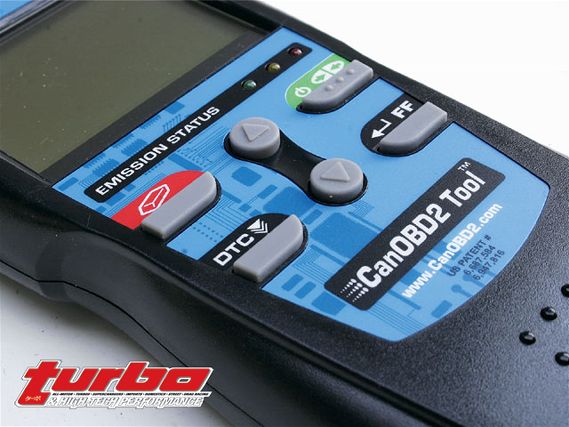 | OBD2 Reader Tool - Tech
| OBD2 Reader Tool - Tech
OBD2 took the process several steps further by recognizing not only emissions equipment that is faulty, but also emissions equipment that might be faulty, or is about to be faulty. OBD2 doesn't just look for broken and degrading components, it also has a strict monitoring system, which continually performs diagnostic tests to make sure everything's operating correctly. OBD2 also standardized the whole diagnostic process by making sure automakers fitted their vehicles with the same diagnostic port or Data Link Connector (DLC); this means you no longer needed a different tool or adapter to read codes on a Ford as opposed to your Toyota. The code numbers, definitions and languages were also standardized, as were communications procedures between diagnostic equipment and vehicle computers. Before OBD2, the same code on two vehicles could have had two entirely different meanings, and was enough to make the whole process rather confusing for technicians and those of us who wanted to understand this new form of engine diagnostics.
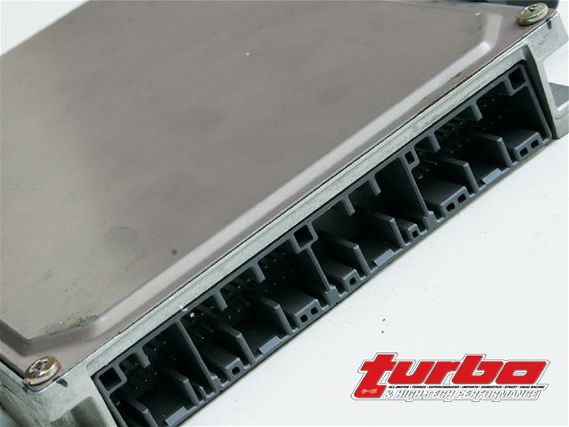 | OBD2 Reader Tool - Tech
| OBD2 Reader Tool - Tech
Reading and understanding OBD2 trouble codes today couldn't be easier. This is partly because of tools like Innova's Digital CAN OBD2 Code Reader. The Innova code reader performs tasks from the mundane to the complex, but it all revolves around what its name implies: reading codes. There are dozens of code readers on the market. And if all you want to do is see what numeric code is popping up, then really, any of them will pretty much get the job done. What sets the Innova code reader apart from the rest, and the reason we like it so much, are its added features. We're always interested in added features.
To figure out what that annoying malfunction indicator light (MIL) is lit up for and to clear it, the process is simple with the Innova. Just link the code reader to the vehicle's 16-pin DLC using the supplied adapter cable and wait. Remember, all of the link ports are the same here, so there's only one cable, one connection. The hardest part is finding the vehicle's DLC. Once connected, the code reader begins a check of the car's computer to decide which communication protocol to use. There are currently five protocols, or sets of communication rules, used by different manufacturers. You don't have to worry about this part, just be glad knowing that the reader selects the right one all by itself. Once the reader recognizes the correct protocol, it establishes a connection. After just a few seconds of diagnostic testing, the Innova spits back what you want. But you get a bit more than just some arbitrary number. This code reader also gives you a detailed explanation as to just what that number means. With lower end scanners, you'll be left with a Diagnostic Trouble Code (DTC) like "P2247." Sure you can reference your service manual or check out the Web, but we want our answer faster than that. The Innova not only gives us our P2247, it also tells us what the heck P2247 means, which incidentally is the Oxygen Sensor reference. And for those few codes that it may not be able to interpret, Innova has definitions for them on their Web site's DTC Library. Innova's code reader can read and store a total of 32 codes at a time, but if you really need the capacity to read and store 32 codes, we're fairly certain you've got big problems. Of course the code reader can erase all of these codes as well, but it's recommended to sort out the problem first as the code will likely pop right back up again if you don't.
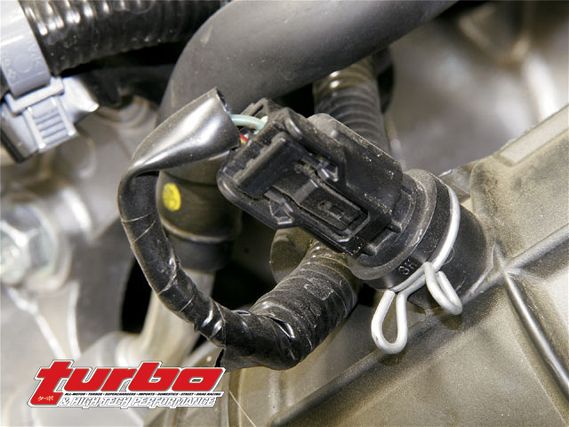 | OBD2 Reader Tool - Tech
| OBD2 Reader Tool - Tech
Innova's code reader does a few other things that impressed us. First, it detects non-emissions related codes on vehicles that don't display a MIL for non-emissions related failures. Second, the reader not only reads and explains generic or universal Society of Automotive Engineers (SAE) OBD2 codes, it also does the same for most manufacturer-specific codes. These Enhanced Manufacturer specific DTCs can easily be read and deciphered by toggling through the manufacturer list on the code reader's screen. The code reader also can perform an Inspection and Maintenance program readiness test procedure. This basically tells you whether or not your vehicle's ready for a smog test. But the feature we liked most, and what's not commonly found on the lower-end OBD2 code readers, is Innova's Freeze Frame function. When a DTC is recognized and stored in the computer's memory, the code reader doesn't just pull up the code and its definition, it also gives a readout of engine parameters during the time of the DTC. The viewer can read engine speed, open and closed loop operation, fuel system commands, coolant temperature, calculated load values, fuel pressure, vehicle speed, air flow rate and intake manifold pressure at the time of malfunction. The best part is that all of this data, along with the DTC and definition, can be uploaded to your PC with the optional PC Link Kit. From there, test results can be printed, e-mailed or stored for later viewing, and if you have 32 codes to review, this isn't a bad idea. The PC Link Kit also gives users access to Innova's massive OBD1 and OBD2 code library and dictionary. And with the PC Link Kit, the unit can be flash updated to keep up to date with new vehicles and DTCs.
With the price of OBD2 code readers decreasing lately, it's gradually becoming a must-have tool, even for the weekend do-it-yourselfer. Even if you don't plan on performing the repairs yourself, arming yourself with the Innova CANOBD2 Tool will at least put you ahead of the game when you take your vehicle in for servicing. Knowledge is power. From now on, there's just no excuse for driving around with that check engine light lit up.
